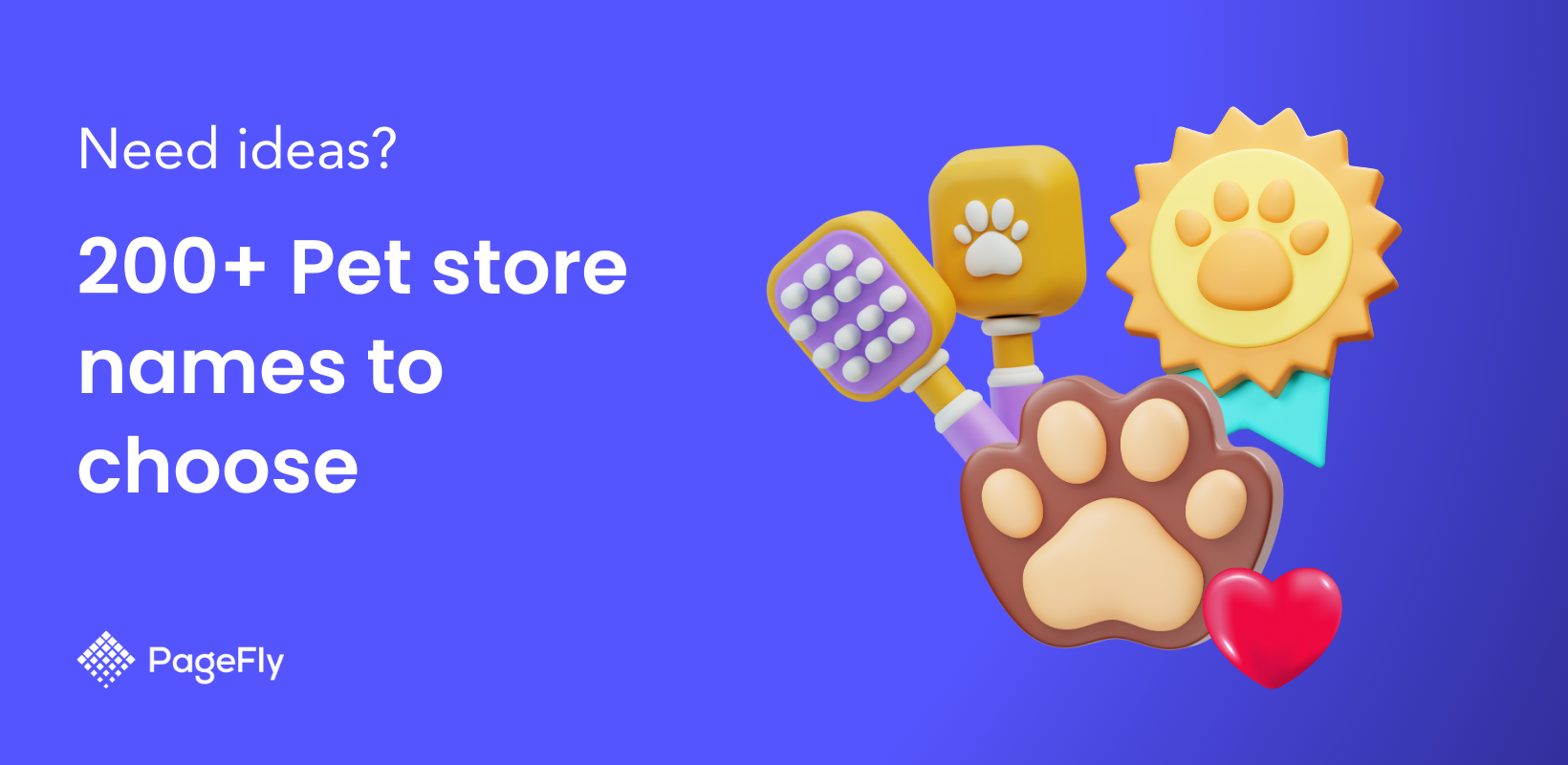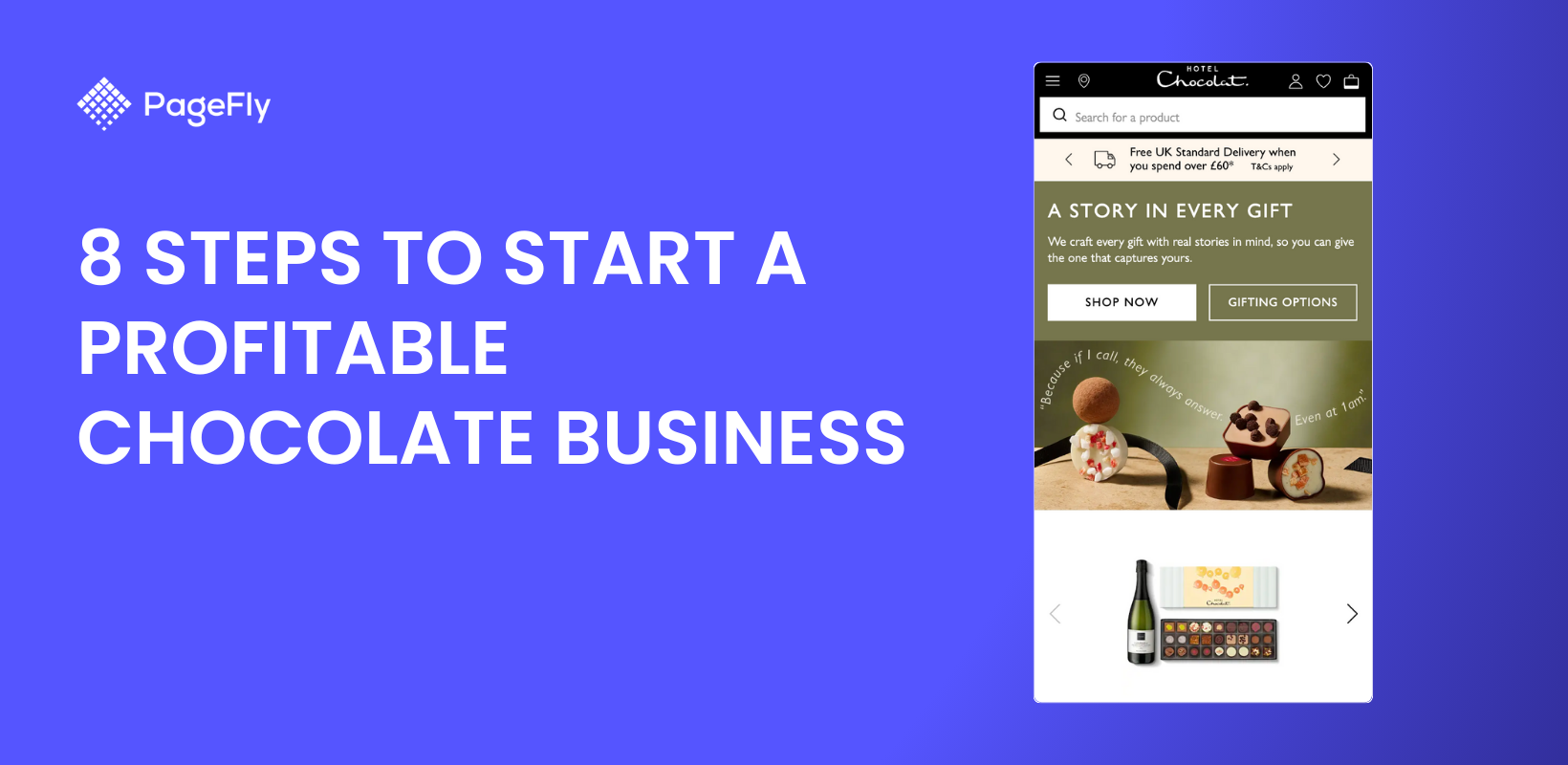While Shopify is known primarily as a top-notch ecommerce platform for physical products, it also has a healthy market for digital items.
Contrary to popular expectations, it’s possible to use Shopify for digital products. There are many items that one can sell profitably on Shopify such as music, ebooks, stock images, and even Shopify themes.
If you’re new to Shopify for digital products or are not sure about how to set up a digital goods store, we’re here to help. This article provides the guidance you need, including the best types of digital goods to sell and key legal considerations you should know.
What is Shopify for digital products?
Shopify for digital items is an ecommerce category on Shopify where store owners can offer digital products to their customers.

Unlike physical Shopify products, digital goods require fewer fulfillment solutions and do not rely on a steady supply of stock. Instead, they comprise items — like software, digital art, and NFTs — that can be created once and sold again and again.
As a result, digital products are a hot ticket item in the ecommerce world. According to research, the market for digital products is worth more than $950 billion, and its value is increasing yearly.

The demand for virtual products really took off in 2020 during the height of the COVID-19 pandemic. In that year alone, an estimated 2 billion people bought digital items online.
But the market has steadily grown since then, and the number of people using digital products has since increased by more than 54% compared to just 18.9% in 2019.
Today, more than $54 billion is spent on digital goods every year, according to research from JP Morgan, and that number will likely increase to $74 billion by 2025.
Shopify for digital products offers an attractive platform for entrepreneurs looking to build a niche in virtual goods sales.

Favored by sellers in 175 countries worldwide, Shopify is the go-to platform for anyone with dreams of selling profitably online. The platform has helped store owners generate $700 billion in sales since it launched in 2006.
With the ecommerce tools and support the website offers, you’ll have everything you need to begin selling digital products on the platform.

Why sell digital products on Shopify?
There are numerous advantages to using Shopify for digital product sales.
Significant sales opportunity
Digital items present a mouthwatering sales opportunity for new and existing sellers on Shopify.
Currently, physical products are far and away the most dominant product category on the platform. Reports indicate that 27.5% of stores on Shopify are focused on fashion ecommerce, 14.9% sell home and garden products, and 11.5% are in the beauty and fitness niche.
Arts and entertainment, which are niche for digital products like games and digital art, have way less competition.
With the growing global popularity of virtual goods, that lack of competition is good news for Shopify store owners.
Low operating costs
Digital products are relatively cheap to produce and maintain when compared to a store selling physical goods.
You have way less overhead since the production process is essentially one-and-done. There’s also no need to replenish stocks or ship products to buyers.
Every purchase in your store happens seamlessly and rapidly, taking only a few minutes from start to finish. And your buyers take instant possession of the products, eliminating the costs of shipping and delivery.
With a digital goods store, you can save on these operating costs and plug them instead into developing more versions of your products to unlock even more sales.
High-profit potential
Digital products are high-margin items. While they can take time and money to develop, they easily produce high returns once they go on sale.
For example, the average revenue earned per user for ebook sales is about $16. Assume it costs $150 to write, proof, and design a digital recipe book. It means with sales from just 10 customers, you can recoup your entire cost of production and begin to earn pure profit.

Even better, digital products are unlike physical items that typically have a fixed market price range. While high-end smartphone cases generally cost about $20, there’s no price limit for what you can charge on things like software, digital art, NFTs, or ebooks.
This means you can potentially make whatever profit justifies your costs and the value you place on the item.
Unlimited stock
You’ll never run out of stock when selling digital items — unless you’re selling items like digital art and NFTs, which are unique by nature.
But for other things like stock images, online courses, ebooks, software, and the majority of digital products, you can sell the same items thousands of times.
You don’t have to worry about complex supply chains or the hassles of sourcing products from halfway across the world. This also cuts out the cost of resupply and helps you keep more money in your pocket.
Global sales
Lastly, digital product sales have no geographical limitation. You can sell from anywhere in the world to buyers in any country globally.
You don’t have to worry about things like export or import rules, product packaging, shipping times, or returns logistics.
But that’s not to say that using Shopify for digital products is entirely concern-free. There are still things to keep in mind, especially from the legal and sales perspectives.
Let’s start with some legal considerations to note for virtual item sales on Shopify.
Legal considerations for digital product sales
Although digital items do not bring concerns about packaging or export/import rules, there are other legal considerations required for these items.
VAT and digital goods taxes
VAT or value-added tax is a consumption tax that is charged in most countries worldwide. It is a tax on the consumption of goods and services that is required to be charged at the time of sale.
There are two aspects to consider when it comes to VAT: local VAT and foreign VAT. For local VAT, you should keep in mind that some countries require most businesses to charge VAT when selling products in the country.
While there may be some rules that exempt certain businesses, you should speak with a tax advisor to understand your VAT obligations.
On foreign VAT, many countries also charge tax on products or services that are offered to foreign buyers. This means including the tax at the prescribed rate on your invoices.
At the same time, some foreign countries, like those in the EU, expect you to charge VAT when offering products to buyers in that country. This tax is often called a digital goods tax.
Again, some products may be exempt from the digital goods tax. If you believe that your product should be exempt, Shopify provides guidance on how to exclude the digital tax from applying.
Terms and conditions
It’s important to think about the terms on which you intend to offer your digital products for sale. These are also called terms and conditions.
Some of the key matters to address in your terms and conditions include:
- The permitted use to which your virtual goods can be put. It is common to see store owners specify that products like software must not be used for illegal purposes.
- Rules regarding infringement on your intellectual property or that of others. Digital products can be easy to pirate, so make sure you protect yourself adequately by the terms and conditions.
- Considerations for resolving disputes relating to the products. You’ll address issues such as what happens if the customer breaches the terms and conditions.

Illegal products
Finally, you should be aware that there are strict rules for selling illegal products online. Some digital products are not allowed for sale on Shopify such as x-rated movies or products that violate others’ intellectual property.
When developing your digital items for sale, you should be extra careful to avoid using copyrighted material. If you absolutely need to use protected material, then it’s best to ask for permission upfront.
Offering illegal or copyright-infringing items for sale can expose you to legal liability or cause your products to be removed from Shopify. So, it’s important to be careful.
How to sell digital products on Shopify
With the preliminaries all done, let’s turn next to the process required to sell digital products on Shopify.
Sign up for a Shopify account
Begin by signing up for a Shopify account. You can take things easy by starting off with this free 3-day trial. Select any one of the themes available in Shopify’s theme store and begin the process of creating your own store.
As you set up your storefront, don’t be afraid to experiment with the range of free and paid themes available. You’ll likely come across a few crowd favorites like Studio which is free and gorgeous to look at, and Publisher which is perfect for digital art, ebooks, and fashion photography.

Create your product
Next, get started on creating your digital product. By now, you should already know what type of digital product you want to sell and how to go about creating it. If you’re still unsure, take a moment to think about this.
Ideally, you should choose a product that people would love to buy, and which you can create with high quality. You can also consider outsourcing some aspects of the creation process, such as the final design, to professional freelancers.
Set up digital product delivery
To sell digital products on Shopify, you’ll need to download a made-for-purpose app called “DDA - Digital Downloads” from the Shopify app store.

This app is popular amongst digital goods sellers due to its built-in protective features. For example, it offers digital PDF stamping which is a big security feature that protects your product from unauthorized file sharing.
It also comes with email and order tracking, fast upload and download enhancements, and the ability to set release dates for your digital items.
Upload your product to Shopify
Once you’ve created your product, you should add it to your Shopify store. Do this by going to your dashboard and clicking “All products”.
You’ll need to fill in the name and description of the product. Also, be sure to mark it as a digital product so there’s no mixup on what you’re offering.

Here’s a more detailed guide explaining how to set up a Shopify store as you work towards offering digital products for sale on Shopify.
After uploading the product, don’t just launch into selling straight off. Take some time to go over your store once more and test each part of the buyer journey so you’re certain that customers will get the experience you want them to.
Examples of digital products to sell on Shopify
Digital art and NFTs
Digital art can be a really valuable product to sell online. Despite recent drops in the volume and value of NFT transactions around the world, the value of digital art transactions in 2022 was still an eye-watering $11 billion.
You can create attractive pieces and showcase them using specialized Shopify themes like the Studio theme.
💡Quick read: Top 50 Shopify Art Stores for all the inspiration you’ll ever need.

Online courses
MOOCS or massive open online courses changed the learning industry. They made knowledge available to everyone through affordable and easily accessible short courses. Considering this, it’s no surprise that the online learning industry has grown into a $380 billion industry.
If you have skills or knowledge that people would pay to learn, consider creating a course and offering it for sale online. You can choose to design and sell a standalone short course or piece several lessons together to create a large, impactful course that people will gain value from.
Nicolesy is a Shopify store that sells online courses for photographers, helping them improve their art and use modern photography tools.

Nicolesy presents a simple proposition to its customers. It markets itself as a valuable resource for digital photography resources and it delivers excellently on this using a mix of digital products.
Buyers can go to the store to purchase books, tutorials, and photography presets i.e. pre-fixed settings that help photographers achieve specific looks in one click. They can also purchase textures which, like presets, offer a range of prepared effects and overlays that users can apply immediately.
Templates and tools
Be it blog formats, newsletter templates, recipes, or quick checklists, people are always looking for ways to save time and automate their work. Templates offer value in a simple, handy resource. So, they’re a really popular digital item.
To maximize your sales, consider using your template products as value-add CTAs in articles that provide valuable information on topics that the template helps simplify.
For instance, if you write a blog on how to design newsletters, you’ll deliver more value (and earn more money) by plugging in a link to your newsletter template. Gauge Girl Training is an example of a store that sells meal plans, recipes, and ebooks.

The store is supremely focused on giving its customers the power to take charge of their nutrition and achieve their desired wellness goals. It does this using a variety of resources including health challenges, meal plans, and extended courses designed to teach the fundamentals of nutrition.
But it’s not only about making money. The store also offers free resources, like a free body type quiz, to help visitors learn more about their nutritional profile and begin to understand their potential nutrition needs. If you’re looking to drive interest in your digital goods store, then this is one tactic you should research more closely.

Other products to sell
More digital products to sell on Shopify include:
- Stock photos
- Downloadable prints
- Music
- Audio files
- Software
- Design and branding services
💡 Quick read: How to Sell Digital Downloads & Products on Shopify for more inspiration before setting up your digital goods store.
Conclusion
Digital products can offer a quick and easy route into online selling. You won’t need to worry about shipping, maintaining inventory, or any of the associated overhead costs of selling physical items.
But keep in mind that digital items have their own unique considerations such as intellectual property and digital goods taxes. If you play within the rules and offer quality products, you’ll be well on your way to profitable sales by selling digital goods on Shopify.









![14 Profitable Small Food Business Ideas for 2025 [Real Numbers]](http://pagefly.io/cdn/shop/articles/1_58b587d2-13db-4aa6-8c19-e40f5c88d3eb.jpg?v=1758255771&width=4460)
![Art Business Names: 350+ Ideas + Free Generator [2025 Updated]](http://pagefly.io/cdn/shop/articles/art_business_name_e94a54e9-d325-4ba3-94ab-7b4297952312.png?v=1760062968&width=1640)







